Summer 2023

Careful Understanding of Patient Needs Lies at the Heart of Care
SR. DOROTHY THUM, RSM
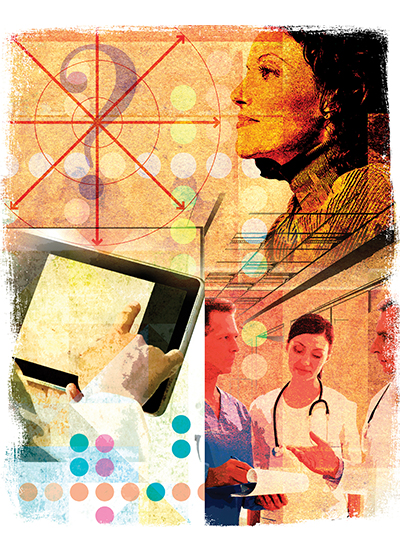
What Patients With Chronic Illness Want Providers to Know
TRICIA STEELE
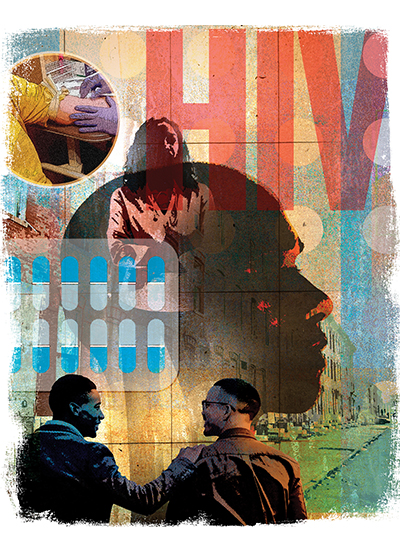
For People With HIV, 'Test and Treat' Is Key
MICHAEL J. O'LOUGHLIN
Community Clinic Delivers Care With Dignity for the Underserved
ROBERT LIPPMAN, DBH, MSW
Understanding Veterans' Unique Needs Is Crucial to Their Care
CHRISTINA J. SCHAUER, MSN, ARNP, ACNS-BC
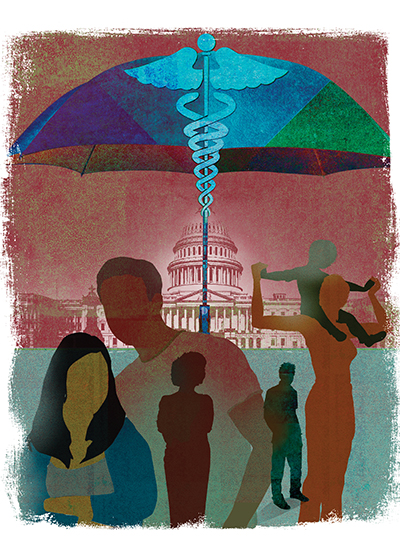
Protect What's Precious: Retaining Medicaid Coverage Is Vital for Vulnerable Populations
PAULO G. PONTEMAYOR

Reflection: A Journey to Ukraine - The Humanitarian Crisis and the Catholic Response
BRUCE COMPTON
Reflection: Catholic Hospitals and the Local Church - Why They Matter to One Another and to Communities
SR. DORIS GOTTEMOELLER, RSM
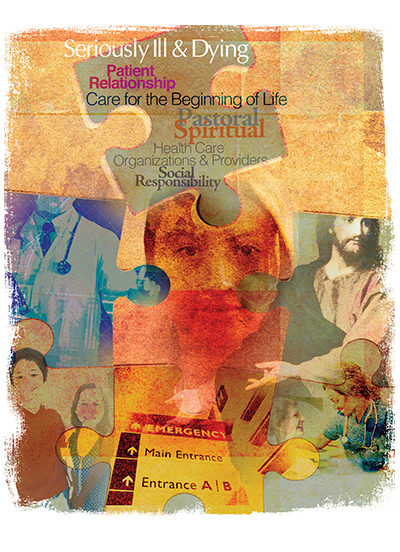
How the ERDs Can Deepen Our Catholic Identity
MYLES N. SHEEHAN, SJ, MD
Summer 2023
BETSY TAYLOR

Community Benefit at CHA: How It Started and Where It's Headed
JULIE TROCCHIO, BSN, MS AND NANCY LIM, RN, MPH
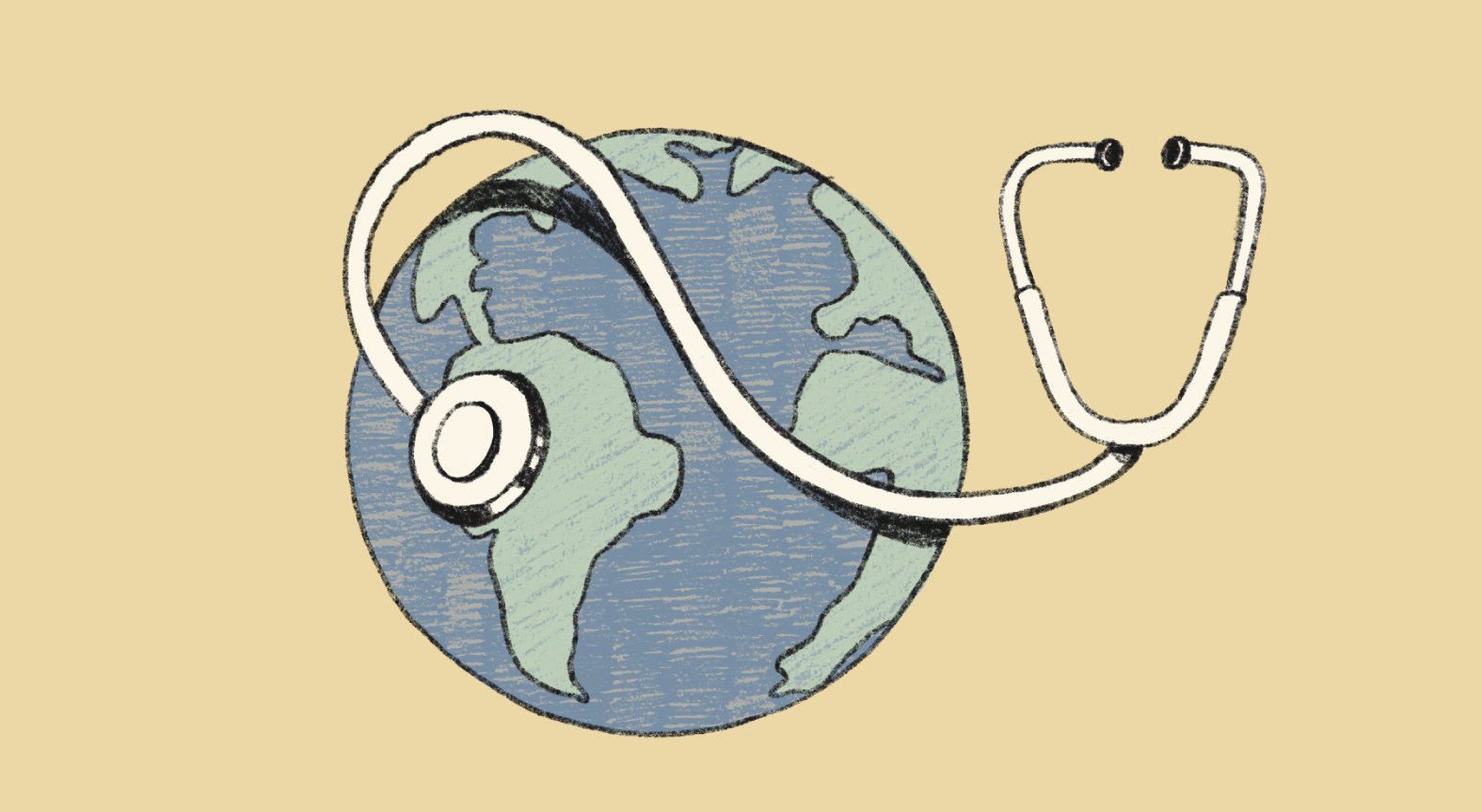
Mapping Christian Health Assets to Support Global Health Response
SAMONE FRANZESE, MD, AND CAROLYN O'BRIEN, MSPH
